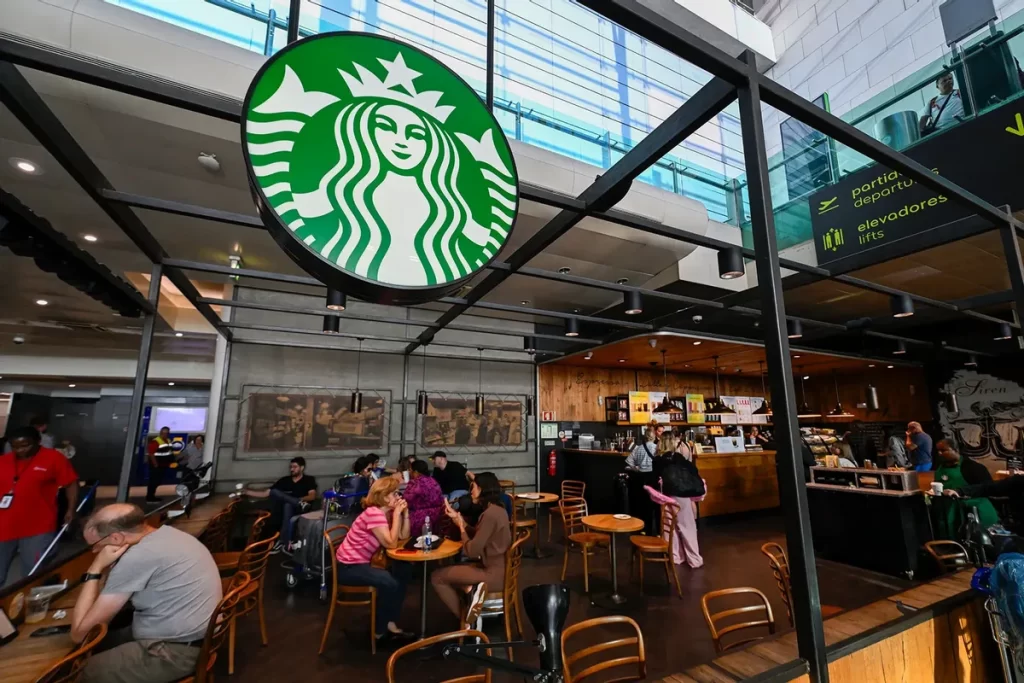Starbucks’ new CEO wants to make Starbucks a coffee shop again
2 min read

Starbucks is poised for a transformation under its new CEO, Brian Niccol, who is set on revitalizing the brand’s original identity. As Starbucks has increasingly shifted from a traditional coffeehouse model to a more transactional, app-driven service, the company has faced declining sales and customer dissatisfaction. Niccol’s plan to reverse this trend includes a return to the essence of a community coffeehouse with an emphasis on comfort and quality.
In a recent letter to employees and customers, Niccol expressed his intention to restore Starbucks to its roots as a “community coffeehouse.” He emphasized the need for comfortable seating, a distinct separation between “to-go” and “for-here” service, and an overall enhancement of the in-store experience. “There’s a shared sense that we have drifted from our core,” Niccol stated. “We’re committed to elevating the in-store experience — ensuring our spaces reflect the sights, smells, and sounds that define Starbucks.”
Niccol, who has a track record of revitalizing brands such as Chipotle and Taco Bell, is taking on the challenge as Starbucks’ fourth CEO in just two years. His appointment comes at a time when the company is grappling with a slump in business and mounting pressure from both employees and investors. Starbucks has reported falling sales for two consecutive quarters, with customer complaints about high prices, slow app order pickups, and unremarkable food options becoming more frequent.

Additionally, Starbucks, known for its progressive employment practices, has recently experienced a surge in union organizing efforts. These movements are driven by dissatisfaction with working conditions, pay, and benefits.
The shift towards a more digital and drive-thru focused operation has led to significant changes at Starbucks. Currently, mobile app and drive-thru orders account for over 70% of the company’s sales at its approximately 9,500 U.S. locations. This transition has been accompanied by concerns that some stores feel too transactional, with overwhelming menus, inconsistent product quality, and hectic service experiences.
In response to these issues, Niccol plans to focus on “empowering” baristas by providing them with the necessary tools and time to create high-quality drinks. The goal is to alleviate the strain caused by high volumes of mobile orders, which have sometimes overwhelmed store staff.
Niccol has faced some scrutiny over his decision to commute between Starbucks’ Seattle headquarters and his home in Newport Beach, California, using a corporate jet. However, the company has stated that Niccol will be actively involved in both store visits and interactions with employees globally, in addition to his time at headquarters.
The emphasis on improving the in-store experience reflects Niccol’s commitment to addressing the concerns that have been raised by customers and employees alike. By reintroducing elements of the original coffeehouse experience, Starbucks aims to rejuvenate its brand and enhance customer satisfaction, while also improving the working environment for its staff.